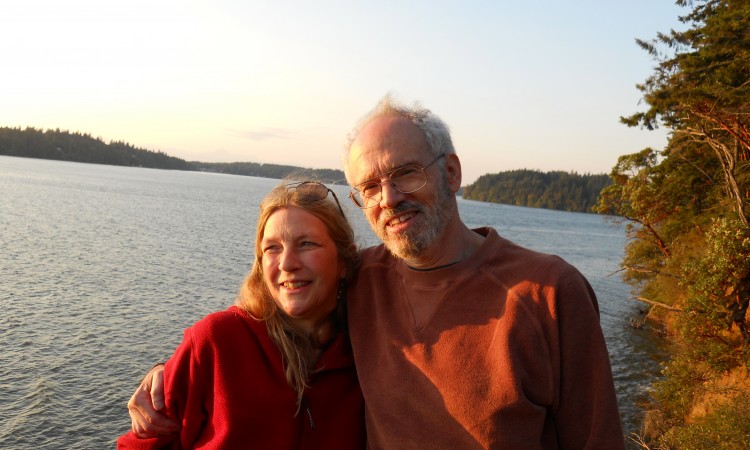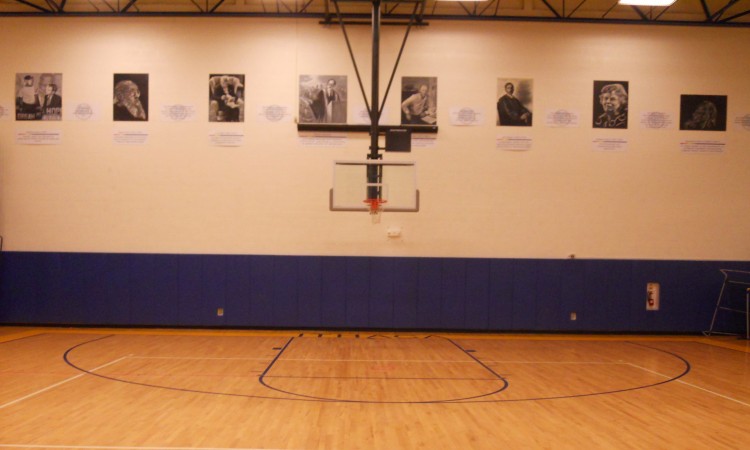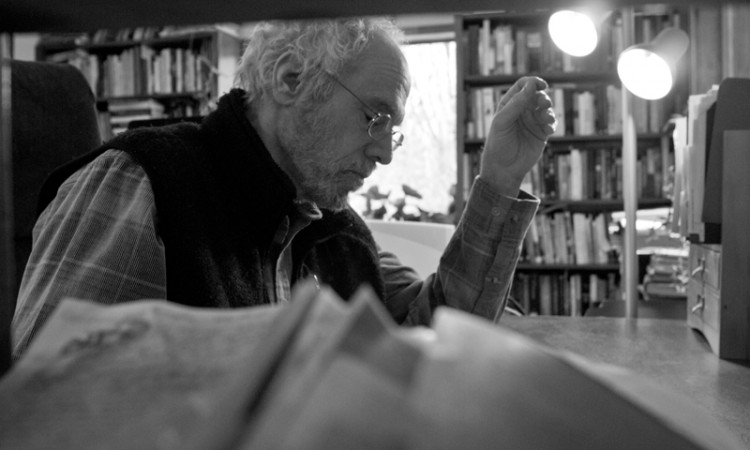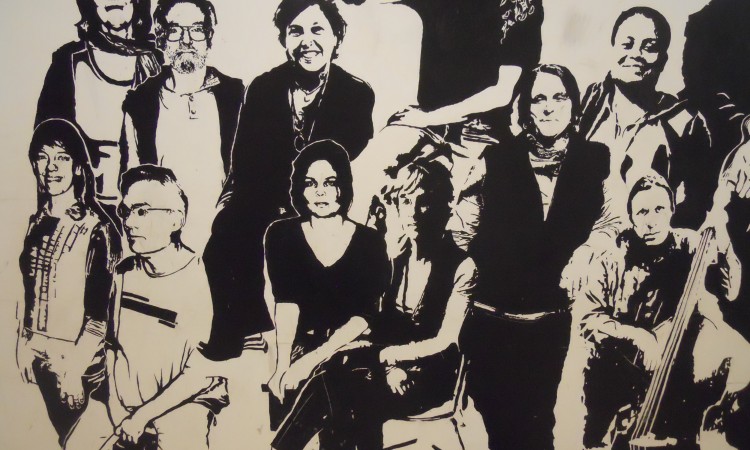Last week, I wrote about using essential moral questions to teach students how to be aware of the suffering which can result from lies and inauthentic speech. Today, even though the midterm US elections are over, I’d like to speak about political speech. I think most teachers recognize that it is our duty to educate students to be responsible citizens. One aspect of acting as a responsible citizen is taking part in democratic decision-making. To vote, you need to not only be informed on the candidates and issues, but to critically examine those issues. What are different ways to discuss politics and examine political speech in the classroom?
Some teachers think that in a public school, politics, like religion, should not be discussed. They are afraid that, since teachers have their own political views, these views will inevitably make their way into the classroom. One proposed solution is that teachers honestly state their political party affiliation, if any. I totally agree with honesty, but I don’t think this solves the problem. A teacher or any person is not a Democrat, Republican, Independent or otherwise. The views they hold are just views they held in the past and might hold in the present, and can change like anything else. The Declaration of Independence says that all people (men) are created equal in terms of inalienable political rights, but all viewpoints are not equal. They need to be examined independently of the people who hold them. They can be true or false, confused or clear. Of course, most issues have no one right answer and some issues are just too complex to fully understand what is the best solution. What do you do then? For one thing, recognize the limits of your understanding.
We all know that political discussions easily become intractable debates or intellectual wars. Instead of looking to increase their understanding, many look for ways to win the war. So, I will re-state my question: What are different ways to discuss and examine political speech in a manner that encourages openness, aims at increasing understanding, respects and critically examines diverse viewpoints?
If you like debates, ask students to take on a viewpoint they previously disagreed with. For another, teach a vocabulary of critical reasoning. Teach inductive and deductive reasoning and arguments by analogy. Teach about fallacies of reasoning and how to spot them. Analyze: What is a fact and how is it different from an opinion or theory? I know that many teachers argue that teaching logic does not necessarily transfer to clear critical thinking. But in my experience, it is helpful. It can work with social-emotional learning to focus the students on the matter at hand. If students learn to spot fallacies not only in the speech of politicians, classmates but themselves, they will have an additional tool of self-control.
I would also teach mindful awareness, so students can recognize when they are beginning to feel threatened or anxious and then can act to lessen that anxiety and increase the clarity of their thought process. Ask students early in the year, after already having some practice with mindfulness: What are the sensations that arise when you feel threatened or anxious about someone else’s viewpoint? Or you hear a fact that opposes one of your own? What do you feel? Where? Just take a moment to close your eyes and just feel the sensations. Just notice. There’s nothing you have to do. Is your breath calm or agitated, slow or fast, or maybe something in-between? Just feel yourself breathe in. Then breathe out, and let the breath go, let the tension go, and let your body settle down. Just breathe in and out. Let your focus return to the breath. Now, was there a moment that you felt calmer? Are there places where you’re feeling more relaxed? What does it feel like when you’re relaxed and quiet? When you’re open in how you feel and look at the world? Can you imagine listening with a sense of inner peace to someone who you disagree with? Just sit with the sense that you could hear someone speaking a viewpoint that you disagree with, and you hear it calmly, fully, without feeling threatened. Afterwards, ask students to share the sensations they identified of feeling threatened, and then of feeling relaxed. In this way, they learn from others how to more fully identify their sensations and more easily be able to let them go.
I recommend actually bringing into class speeches by politicians (maybe with no names attached) and have students analyze them using the following questions:
- Is the argument valid? Does the position taken by the speaker follow logically or naturally from the statements or facts offered as supportive evidence? Is the reasoning a form of a formal or informal fallacy?
- Is the argument sound, meaning based on evidence that is reliably verified and truthful as well as valid? Research, and not just with online fact-check sites but sources with diverse viewpoints, the facts and statements offered as supportive evidence. Are the supposed facts really facts?
- What are the implications of the position and the intent of the speaker?
- Intent: Is the statement consistent with other and previous statements? Is the speaker changing his or her position with each audience? Is there evidence that donors are paying the politician to take a position?
- Implications: How will the position affect the planet? Poor people? People in the Middle Class? The integrity of the community? What are the ethical dimensions of the viewpoint? Does this position increase or decrease suffering and social and economic inequity?
The citizens of the US and of many nations today are not only very divided but confused about many issues. There is too much information that is highly relevant, even crucial to the lives of most people, which is misunderstood. It is our job as teachers to do what we can to improve that situation.










